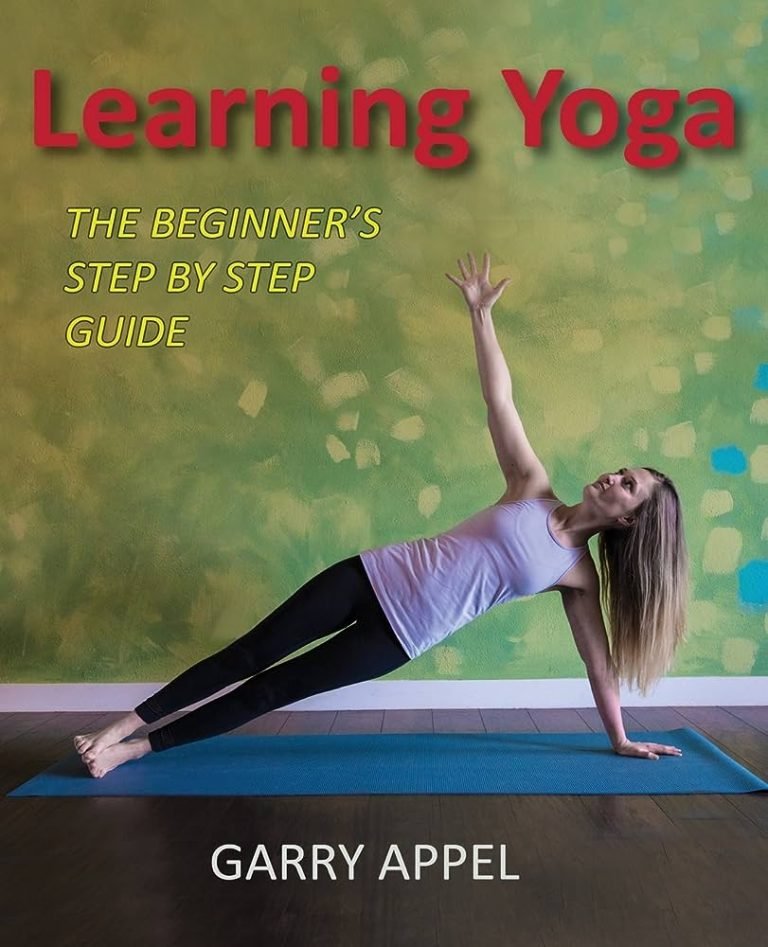
is a comprehensive guide that will take you through the basics of practicing yoga. In this article, you will learn about the benefits of yoga, how to choose the right type of yoga for you, and some simple poses to get started. Whether you’re new to yoga or just getting back into it, this guide will provide you with the knowledge and confidence to begin your yoga journey. So grab your yoga mat and let’s get started!
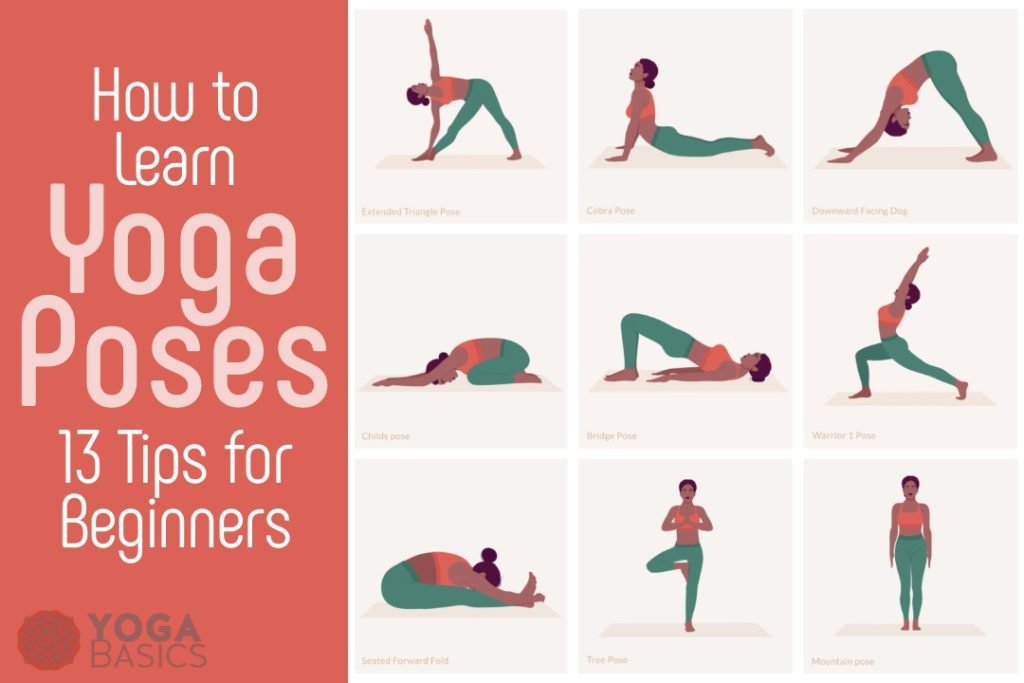
This image is property of www.yogabasics.com.
Yoga for Beginners: A Step-by-Step Guide
Are you interested in practicing yoga but don’t know where to start? Yoga is a wonderful practice that offers numerous benefits for both the body and mind. Whether you want to improve flexibility, reduce stress, or enhance mental clarity, yoga can help you achieve your goals. In this step-by-step guide, we will explore the benefits of yoga for beginners, how to prepare for your first yoga session, basic poses to get you started, breathing techniques, sequences for beginner sessions, tips for practicing safely, common mistakes to avoid, incorporating meditation into your practice, building a consistent yoga routine, and additional resources for beginners. Let’s dive in and discover the transformative power of yoga.
Benefits of Yoga for Beginners
-
Improved flexibility: One of the primary benefits of practicing yoga is improved flexibility. As a beginner, you may feel stiff and inflexible, but with regular practice, you will gradually increase your range of motion and become more flexible. This increased flexibility not only improves your yoga practice but also enhances your overall physical performance and reduces the risk of injuries.
-
Increased strength: Yoga is not just about flexibility; it also helps build strength. Many yoga poses require you to hold and engage specific muscles, which helps strengthen your entire body. As a beginner, you will notice increased muscle tone and strength in areas such as your core, arms, legs, and back. With consistent practice, you will become stronger and more balanced.
-
Reduced stress and anxiety: In today’s fast-paced world, stress and anxiety have become common issues. Yoga offers a refuge from the chaos and helps calm the mind. By focusing on the present moment and synchronizing your breath with movement, yoga promotes relaxation and reduces stress. As a beginner, you will experience a sense of peace and tranquility during and after your yoga sessions.
-
Enhanced mental clarity: Yoga is not only a physical practice; it also cultivates mental clarity. Through breath awareness and mindfulness, yoga helps quiet the mind and improve focus. As a beginner, you will notice improved mental clarity and the ability to stay present in the moment. This enhanced mental clarity will translate into other areas of your life, allowing you to approach challenges with a calm and focused mind.
-
Improved balance and stability: Balance is essential for everyday activities, and yoga can help improve your balance and stability. Many yoga poses require you to find your center of gravity and maintain balance. As a beginner, you may struggle with balance, but with practice, you will develop better proprioception and body awareness, leading to improved stability.
Preparing for Your First Yoga Session
Now that you understand the benefits of yoga, it’s time to prepare for your first yoga session. Here are some steps to help you get started:
-
Choosing the right yoga style and class: Yoga comes in different styles, such as Hatha, Vinyasa, Ashtanga, and more. Take some time to research and choose a style that resonates with you. Additionally, look for beginner-friendly classes or sessions that focus on the foundations of yoga. These classes will provide a solid base for your practice and ensure that you learn the correct alignment and techniques.
-
Gathering the necessary equipment and attire: To practice yoga, you will need a few basic items. These include a yoga mat, comfortable clothing that allows for movement, and possibly props such as blocks and straps. While these are not mandatory, they can assist you in certain poses and make your practice more accessible. Invest in a good quality yoga mat that provides stability and cushioning for your joints.
-
Finding a suitable yoga instructor or online resource: Having guidance from a qualified yoga instructor is invaluable when you are starting your yoga journey. Look for instructors who specialize in teaching beginners and create a safe and supportive environment. If attending in-person classes is not feasible, there are numerous online resources available, including video classes and tutorials. Make sure to choose reputable sources that provide clear instructions and demonstrations.
Basic Yoga Poses for Beginners
Once you are prepared for your first yoga session, it’s time to learn some basic poses. These poses will introduce you to the foundations of yoga and help you develop strength and flexibility. Here are five essential poses for beginners:
-
Mountain pose (Tadasana): Stand tall with your feet hip-width apart, and arms resting by your sides. Engage your core and lengthen your spine. This pose improves posture and balance.
-
Child’s pose (Balasana): Start on your hands and knees, then sit back on your heels, bringing your forehead to the mat. Extend your arms in front of you or relax them by your sides. This pose provides a gentle stretch for the back and promotes relaxation.
-
Downward facing dog (Adho Mukha Svanasana): Begin on your hands and knees, then lift your hips up and back, straightening your legs. Press your palms firmly into the mat and lengthen your spine. This pose stretches the entire body, strengthens the arms and legs, and calms the mind.
-
Warrior 1 pose (Virabhadrasana 1): Step one foot forward into a lunge position, keeping your front knee bent at a 90-degree angle and your back leg straight. Raise your arms overhead and gaze forward. This pose strengthens the legs, stretches the hips, and promotes focus and balance.
-
Tree pose (Vrksasana): Stand tall, shift your weight onto one foot, and place the sole of the other foot on the inner thigh or calf of your standing leg. Bring your hands together in front of your chest or raise them overhead. This pose improves balance and focus while stretching the hips and legs.
Practice these poses with proper alignment and listen to your body. Remember that yoga is a journey, and it’s okay to modify poses or use props for support as you build strength and flexibility.
Breathing Techniques in Yoga
In addition to poses, breathing techniques, also known as pranayama, play a crucial role in yoga practice. These techniques help calm the mind, improve focus, and enhance the mind-body connection. Here are five common breathing techniques for beginners:
-
Diaphragmatic breathing: Place one hand on your belly and inhale deeply, expanding your belly as you breathe in. Exhale fully and let your belly relax. This breathing technique encourages deep relaxation and helps release tension.
-
Ujjayi breath: Inhale deeply through your nose, creating a slight constriction in the back of your throat. Exhale slowly through your nose, making a soft hissing sound. This breath creates internal heat and helps quiet the mind.
-
Alternate nostril breathing (Nadi Shodhana): Close your right nostril with your right thumb, inhale through the left nostril, then close your left nostril with your ring finger and exhale through the right nostril. Continue alternating nostrils with each breath. This technique promotes balance and clarity.
-
Lion’s breath (Simhasana): Sit in a comfortable position, open your mouth wide, stick out your tongue, and exhale forcefully with a “Haaaa” sound. This breath releases tension, opens the throat, and invigorates the body.
-
Kapalabhati breath: Sit in a comfortable position and take a deep inhale. Then forcefully exhale by quickly contracting your belly, followed by a passive inhale. This breath energizes the body and clears the mind.
Experiment with these breathing techniques during your yoga practice. Over time, you will discover which ones resonate with you and provide the most benefits.
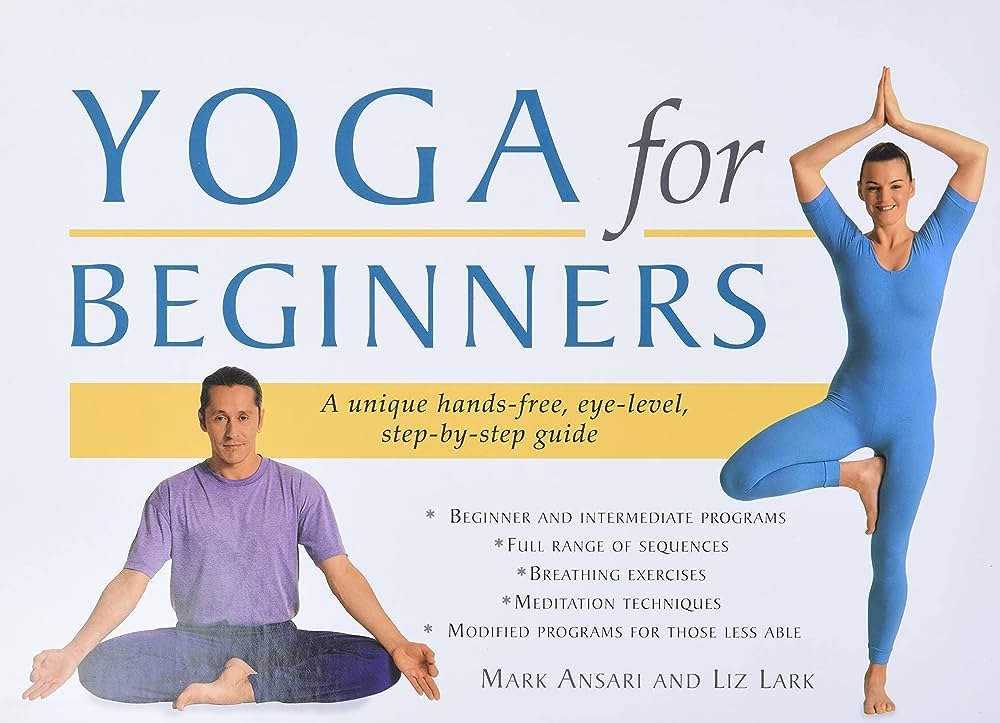
This image is property of Amazon.com.
Sequences for Beginner Yoga Sessions
As a beginner, it can be overwhelming to create your own yoga sequences. Having pre-designed sequences takes the guesswork out of your practice and ensures a well-rounded experience. Here are five beginner-friendly sequences to get you started:
-
Morning energizing sequence: Start your day with a sequence that awakens the body and mind. Include poses such as Sun Salutations, Cat-Cow, and forward folds to increase circulation and create a sense of vitality.
-
Relaxation and stress relief sequence: This sequence is designed to release tension and relax the body. It can include poses like Child’s pose, gentle twists, and seated forward folds. Focus on deep breathing and allow your body to soften and unwind.
-
Core strengthening sequence: Strengthening the core is essential for stability and overall strength. Incorporate poses like Boat pose, Plank pose, and Bridge pose to engage the core muscles and build strength.
-
Balance and stability sequence: Improve your balance with poses like Tree pose, Warrior 3, and Eagle pose. These poses challenge your stability and cultivate focus.
-
Bedtime wind-down sequence: Prepare your body for a restful sleep with gentle, calming poses. Include poses like Legs-Up-The-Wall pose, Reclining Bound Angle pose, and gentle twists to relax the body and calm the mind.
Feel free to modify or adapt these sequences to suit your needs. As a beginner, it’s important to listen to your body and practice at your own pace.
Tips for Practicing Yoga Safely
While yoga is generally safe for beginners, it’s important to follow certain guidelines to ensure a safe and enjoyable practice. Here are some tips to keep in mind:
-
Listening to your body and practicing within your limits: It’s important to listen to your body’s cues and avoid pushing yourself beyond your limits. Respect any discomfort or pain and modify poses accordingly. Yoga is a personal practice, and everyone’s body is different. Honor and work with your body’s limitations.
-
Not forcing or rushing into advanced poses: As a beginner, it’s important to build a strong foundation before attempting advanced poses. Focus on mastering the basics and gradually progress to more challenging poses as your body becomes stronger and more flexible.
-
Using props for support and modification: Props such as blocks, straps, and blankets can offer support and make poses more accessible. Don’t hesitate to use props to modify poses and ensure proper alignment.
-
Warming up and cooling down properly: Before diving into your yoga practice, spend a few minutes warming up your body with gentle movements and stretches. After your practice, dedicate time to cool down and stretch. This helps prevent injuries and promotes recovery.
-
Consulting a healthcare professional before starting: If you have any underlying medical conditions or injuries, it’s advisable to consult with a healthcare professional before starting a yoga practice. They can provide personalized recommendations and ensure that yoga is safe for you.
By following these tips, you can create a safe and sustainable yoga practice that meets your needs and supports your overall well-being.
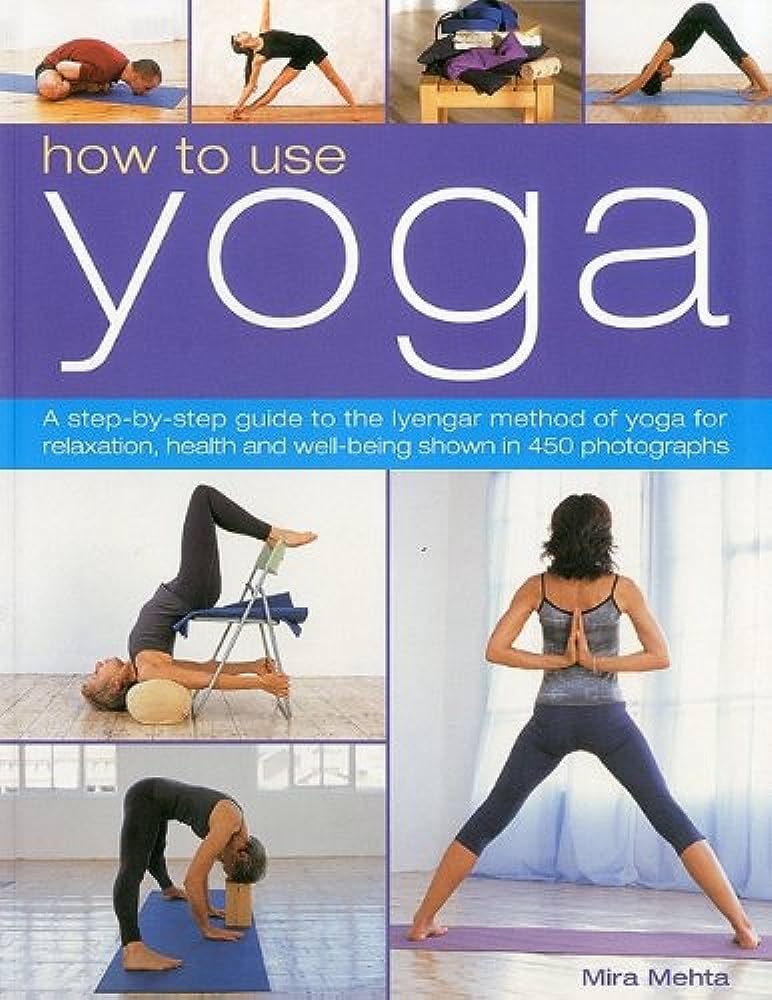
This image is property of Amazon.com.
Common Mistakes to Avoid as a Yoga Beginner
As a beginner, it’s natural to make mistakes or feel discouraged at times. However, being aware of common mistakes can help you navigate your yoga journey more smoothly. Here are five common mistakes to avoid:
-
Comparing yourself to others: Yoga is not a competition; it’s a personal practice. Avoid comparing yourself to others in the class. Focus on your own progress and celebrate the small victories along the way.
-
Holding your breath during poses: Your breath is a powerful tool in yoga. It helps you cultivate a deeper mind-body connection and promotes relaxation. Avoid holding your breath and, instead, focus on steady and rhythmic breathing throughout your practice.
-
Neglecting proper form and alignment: Alignment is crucial in yoga to avoid injuries and ensure that you are receiving the full benefits of each pose. Pay attention to your instructor’s cues and practice proper alignment. If you’re unsure, don’t hesitate to ask for guidance.
-
Overlooking the importance of rest and recovery: Rest is just as important as movement in yoga. As a beginner, your body may need more time to recover. Listen to your body and incorporate rest days into your practice.
-
Skipping warm-up and cool-down exercises: Warm-up and cool-down exercises are essential for preparing your body for movement and aiding in recovery. Skipping these steps increases the risk of injury and hinders your progress. Dedicate time to warm-up and cool-down to optimize your yoga practice.
Remember that yoga is a journey of self-discovery, and mistakes are part of the process. Embrace the learning experience and approach your practice with an open mind and a sense of curiosity.
Incorporating Meditation into Your Yoga Practice
Meditation and yoga go hand in hand. While yoga focuses on the physical aspect, meditation delves into the mental and emotional realm. Incorporating meditation into your yoga practice can foster a deeper connection with yourself and enhance the transformative power of yoga. Here are five ways to incorporate meditation into your yoga practice:
-
Benefits of meditation in conjunction with yoga: Meditation promotes self-awareness, reduces stress, and cultivates a sense of calm. When combined with yoga, it deepens the mind-body connection and enhances the overall experience.
-
Different meditation techniques to try: Explore different meditation techniques such as mindfulness meditation, loving-kindness meditation, and guided visualizations. Each technique offers unique benefits and allows you to tap into different aspects of your inner world.
-
Creating a calm and conducive environment for meditation: Find a quiet and comfortable space where you can meditate without distractions. Create a soothing ambiance with soft lighting, calming scents, or gentle music to enhance your meditation experience.
-
Practicing mindfulness during yoga poses: Bring mindfulness into your yoga practice by focusing your attention on each movement, breath, and sensation. Be fully present in the moment and observe your thoughts and emotions without judgment.
-
Gradually increasing meditation duration: Start with shorter meditation sessions and gradually increase the duration as you become more comfortable. Consistency is key, so aim for daily meditation practice, even if it’s just a few minutes to start.
By incorporating meditation into your yoga practice, you can unlock a deeper level of self-awareness, calm your mind, and experience the profound benefits of these complementary practices.
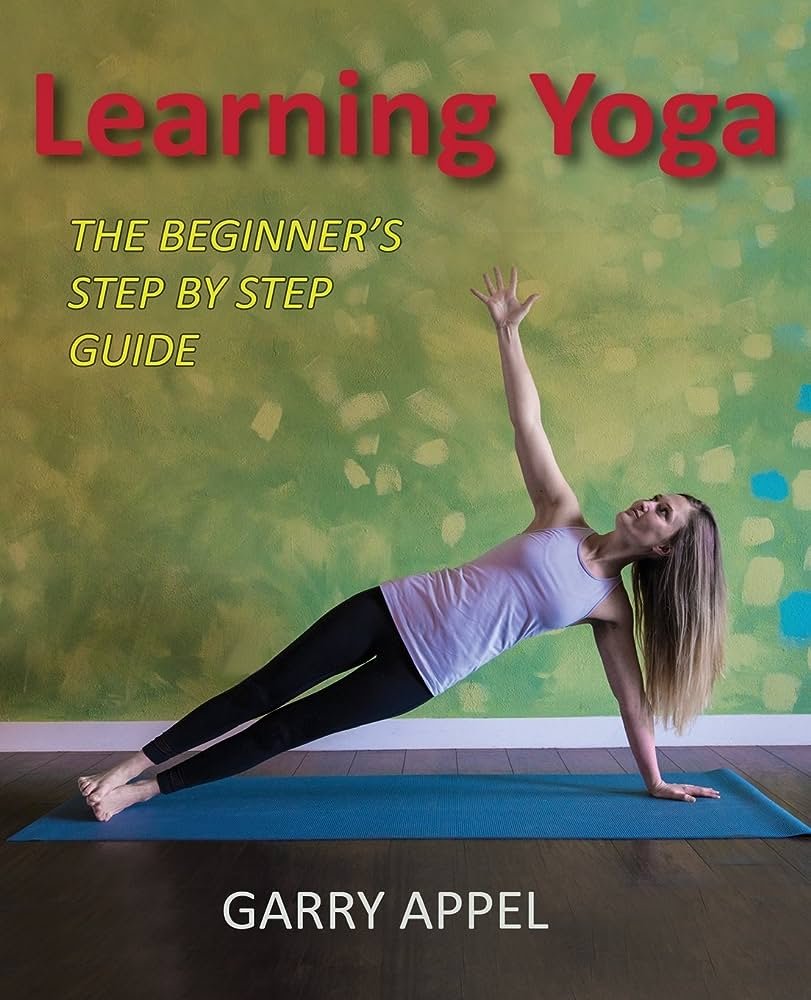
This image is property of Amazon.com.
Building a Consistent Yoga Practice
Building a consistent yoga practice is essential to reap the long-term benefits of yoga. Here are five tips to establish a regular practice routine:
-
Setting realistic goals and expectations: Start by setting realistic goals that align with your lifestyle and schedule. It’s better to practice for a few minutes each day than to do an hour-long session once a month. Consistency is key.
-
Establishing a regular practice schedule: Choose specific days and times for your yoga practice and treat them as non-negotiable appointments with yourself. Set reminders or create a routine that helps you stay committed.
-
Making yoga a part of your daily routine: Integrate yoga into your daily routine by finding moments throughout the day to practice mindfulness, stretch, or do quick yoga sequences. This way, yoga becomes a natural part of your lifestyle.
-
Finding accountability and support: Practicing yoga with a friend or joining a yoga community can help you stay motivated and accountable. Share your goals and progress with someone who can support and encourage you along the journey.
-
Celebrating progress: As you progress in your yoga practice, celebrate your achievements, no matter how small they may seem. Acknowledge the positive changes in your body, mind, and overall well-being. Each step forward is a milestone worth celebrating.
With time, dedication, and patience, your yoga practice will become a cherished part of your life, bringing balance, strength, and peace.
Yoga Resources for Beginners
As a beginner, it’s helpful to explore various yoga resources to enhance your practice. Here are five resources to consider:
-
Online tutorials and video classes: There are numerous websites and platforms that offer free or paid online tutorials and video classes. Find reputable sources that have clear instructions and demonstrations to guide you through your practice.
-
Books and magazines on yoga for beginners: Delve deeper into the world of yoga with books and magazines specifically tailored for beginners. These resources provide valuable insights, tips, and guidance to support your practice.
-
Yoga apps and websites: There are several smartphone apps and websites dedicated to yoga. These apps offer guided sessions, pose libraries, meditation tools, and other valuable resources to enhance your practice.
-
Local yoga studios and community classes: Consider attending local yoga studios or community classes to receive hands-on guidance from experienced instructors. Connecting with a yoga community can also provide inspiration and motivation.
-
Online yoga communities and forums: Join online yoga communities and forums to connect with fellow practitioners, ask questions, share experiences, and seek advice. These communities create a supportive and enriching environment for all levels.
Explore these resources and find what resonates with you. Remember that learning and discovering new aspects of yoga is a lifelong journey.
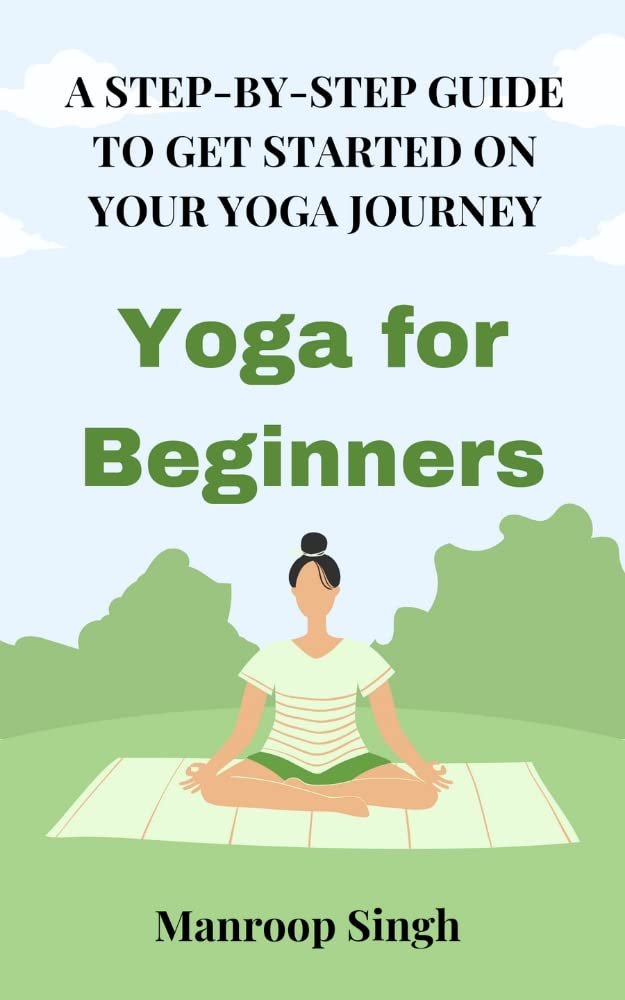
This image is property of Amazon.com.
Yoga and Mind-Body Connection
Yoga is more than just a physical practice; it involves cultivating a deep mind-body connection. Here are five key aspects of the mind-body connection in yoga:
-
Understanding the mind-body connection in yoga: The mind-body connection refers to the interplay between your physical body and your mental and emotional states. Yoga helps bridge this connection by focusing on breath awareness, movement, and mindfulness.
-
Cultivating body awareness and presence: Through yoga, you develop a heightened sense of body awareness. You become attuned to the sensations, movements, and capabilities of your body. This awareness allows you to make conscious choices that support your overall well-being.
-
Yoga’s impact on mental and emotional well-being: Yoga has a profound impact on mental and emotional well-being. It helps reduce stress, anxiety, and depression, promoting a sense of calm and inner peace. Yoga also enhances self-compassion and encourages a positive mindset.
-
Practicing self-compassion and gratitude: Yoga teaches self-compassion, accepting yourself as you are, and being kind to yourself. It encourages you to practice gratitude for your body, abilities, and the present moment.
-
Harnessing the power of positive affirmations: Positive affirmations can support your mind-body connection by shifting your mindset and fostering a positive outlook. Incorporate positive affirmations into your yoga practice to enhance self-love, confidence, and resilience.
By cultivating the mind-body connection through yoga, you can experience profound transformations in both your physical and mental well-being.
Modifications and Props for Yoga Beginners
As a beginner, it’s important to honor your body’s needs and limitations. Modifications and props can assist you in accessing poses safely and comfortably. Here are five examples of modifications and props for yoga beginners:
-
Using blocks and straps for support: Blocks and straps provide support and stability, especially when reaching for the floor or deepening stretches. Use blocks to elevate the floor or bridge the gap between your body and the floor. Straps can help you reach your feet or achieve a deeper stretch in certain poses.
-
Chair yoga for individuals with limited mobility: Chair yoga is a gentle and accessible form of yoga that can be performed while seated or using a chair for support. It is beneficial for individuals with limited mobility or who may find it challenging to perform traditional yoga poses.
-
Modifying poses for injuries or physical limitations: If you have any injuries or physical limitations, it’s important to modify poses to accommodate your body’s needs. Work with a qualified instructor who can suggest appropriate modifications and offer alternatives.
-
Incorporating blankets and bolsters for comfort: Blankets and bolsters provide comfort and support during restorative poses. They can be used to prop up different parts of your body, assisting you in finding a comfortable and relaxed position.
-
Adaptive yoga for individuals with disabilities: Adaptive yoga is tailored for individuals with disabilities, ensuring that poses are accessible and safe. Look for specialized classes or instructors who are trained in adaptive yoga to support your unique needs.
Remember that modifications and props are tools, not limitations. Embrace them as opportunities to explore and adapt your practice to best serve your body.
Expanding Your Yoga Practice as a Beginner
As you become more comfortable with your yoga practice, you may find yourself wanting to explore and expand your horizons. Here are five ways to expand your yoga practice as a beginner:
-
Exploring different yoga styles and variations: There is a myriad of yoga styles and variations to explore. Attend workshops or try different styles to deepen your practice and discover what resonates with you.
-
Attending workshops and retreats: Workshops and retreats offer immersive experiences and opportunities to learn from experienced teachers. These events often focus on specific aspects of yoga, such as meditation, philosophy, or advanced poses.
-
Trying advanced poses and sequences: Once you have built a strong foundation, you may feel ready to challenge yourself with more advanced poses and sequences. Approach these poses with patience and seek guidance from qualified instructors to ensure proper alignment and safety.
-
Deepening your understanding of yogic philosophy: Yoga is rich in philosophy that extends beyond the physical practice. Dive deeper into yogic philosophy by reading books, attending lectures, or engaging in discussions with fellow practitioners. This knowledge will enrich your practice and resonate with the spiritual aspect of yoga.
-
Becoming a certified yoga instructor: If you develop a passion for yoga and want to share it with others, consider becoming a certified yoga instructor. Teacher training programs provide comprehensive knowledge and skill development to become a proficient and knowledgeable yoga teacher.
Remember to approach these opportunities with an open mind and a commitment to continuous learning. Each step you take will deepen your connection with yoga and expand your understanding of its transformative power.
Conclusion
Congratulations on embarking on your yoga journey as a beginner. Throughout this article, we have explored the benefits of yoga for beginners, how to prepare for your first session, basic poses, breathing techniques, sequences, safety tips, and ways to expand your practice. Yoga is a practice that enhances not only physical strength and flexibility but also mental clarity and emotional well-being. As you navigate your yoga journey, remember to be patient with yourself, honor your body’s needs, and stay committed to consistent practice. The transformative power of yoga is waiting for you. Keep exploring, keep growing, and embrace the journey ahead with open arms. Namaste.